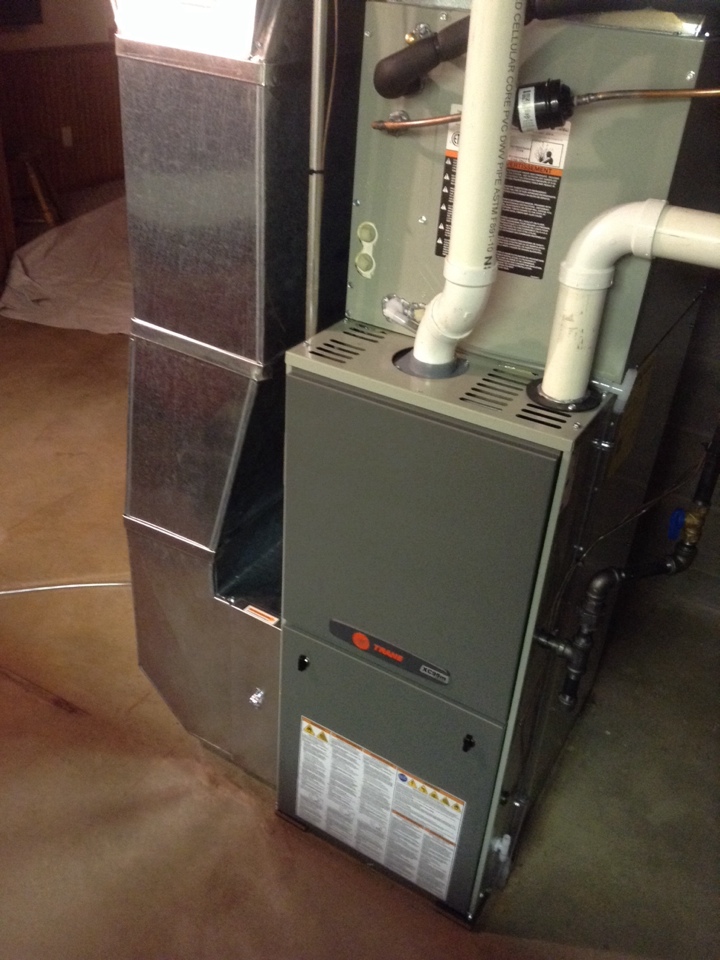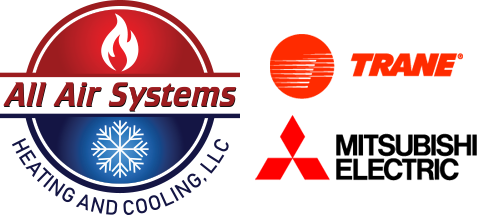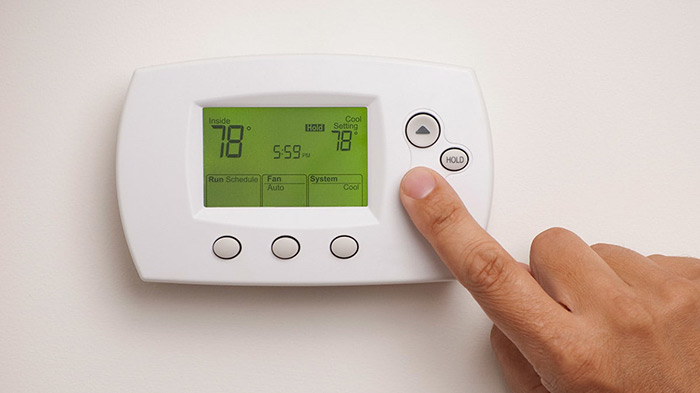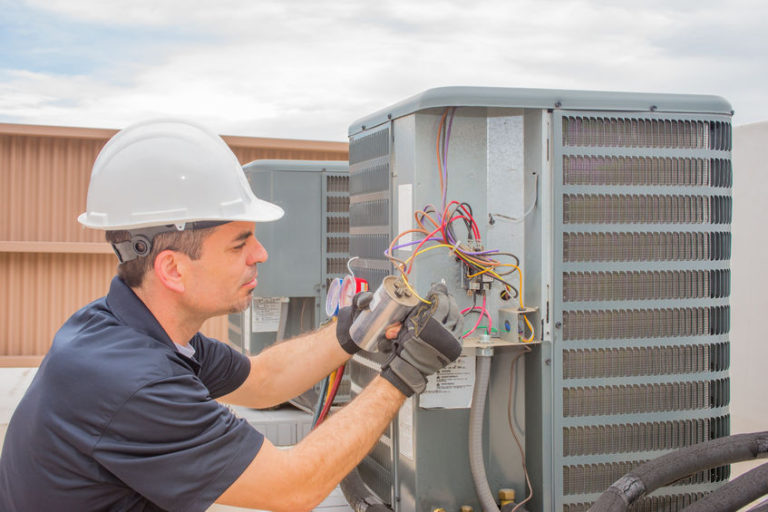Is it really necessary?
Sometimes a furnace is not performing well because routine maintenance has not been performed. As a result, the system is working overtime to produce a minimal amount of heat.
It’s important to consider how long it’s been since your furnace was given a complete tune up. Also consider the age of the furnace. Modern units feature major advancements in engineering, and are designed to last up to 30 years. But if your current unit was installed before the year 2000, or if it uses a “standing” pilot flame that constantly burns, you may be due for a more efficient solution.
A good way to know for sure whether your furnace can be brought up to speed for the foreseeable future is to schedule a maintenance visit and ask your HVAC technician for his or her honest opinion. A good specialist won’t always try and sell you a new furnace, but will be honest and tell you what they would do in your position.

What’s the AFUE rating?
AFUE stands for Annual Fuel Utilization Efficiency. This is the gold standard for rating the energy and heating efficiency of any furnace.
Older furnaces typically clock in at a rating of 75% or lower. With numbers like these, it may be time to consider a replacement. In terms of new furnaces, the cheapest models are better than 80% on average, while high-efficiency furnaces reach as high as 98%.
It’s good to understand how furnaces have evolved, and how the most efficient furnaces can achieve such a high rating. However, simply knowing the AFUE of the furnace you have (and the replacement you’re considering) is a good start.
When should I install?
Sweaters usually cost more in the winter because they’re in greater demand. The same principle often applies to furnaces and furnace installation in New Jersey. If you wait until crunch time, when the snow is already beginning to fly, HVAC specialists will be busy and hardware prices will often go up. There may also be longer wait times involved.
Consider acting before the temperature drops. You might get a better deal on the price of the furnace itself, as well as furnace installation. That way, when the weather turns cold, all you have to do is fire it up and enjoy your better heating efficiency.
What are the long term costs?
If you know the AFUE of your current unit, it’s fairly easy to estimate how much money you’ll save every year with a “mild efficiency” (at least 80% AFUE) versus a “high efficiency” (at least 90% AFUE) furnace. Add these numbers up over the expected lifespan of the furnace (25 to 30 years, with many modern units) to determine the most efficient long-term solution. Ask an HVAC specialist to clear up any doubts.
Making the right call
Your furnace is an essential part of your home, and this is one decision you want to get right. If you decide that your furnace does need replacing, a unit that pays dividends over time is arguably preferable to a cheaper solution with lower efficiency and a shorter lifespan. The good news is that furnaces have evolved. As long as you choose carefully, you’re likely to notice a big difference in both the quality of your heating and the size of your monthly heating bill.



